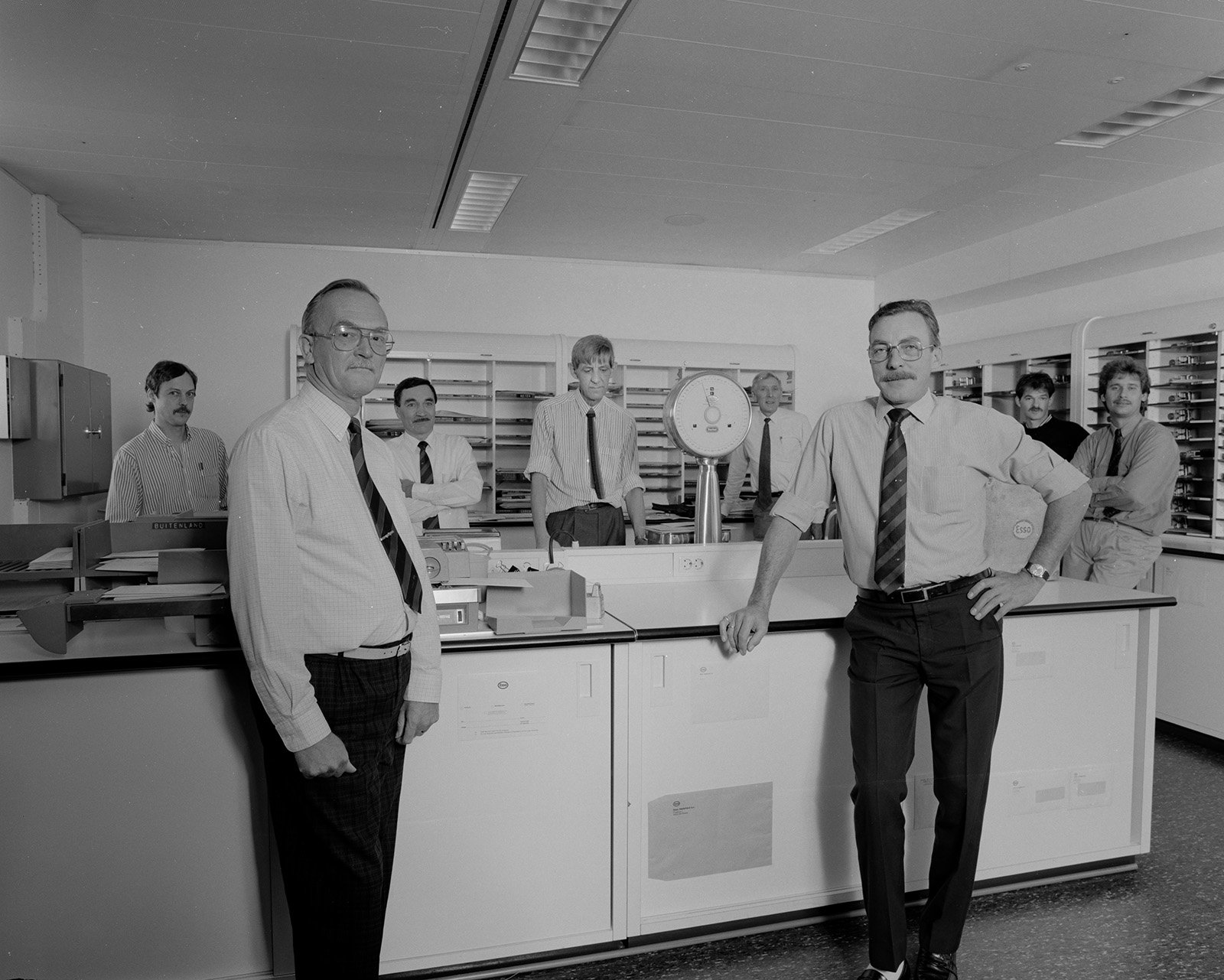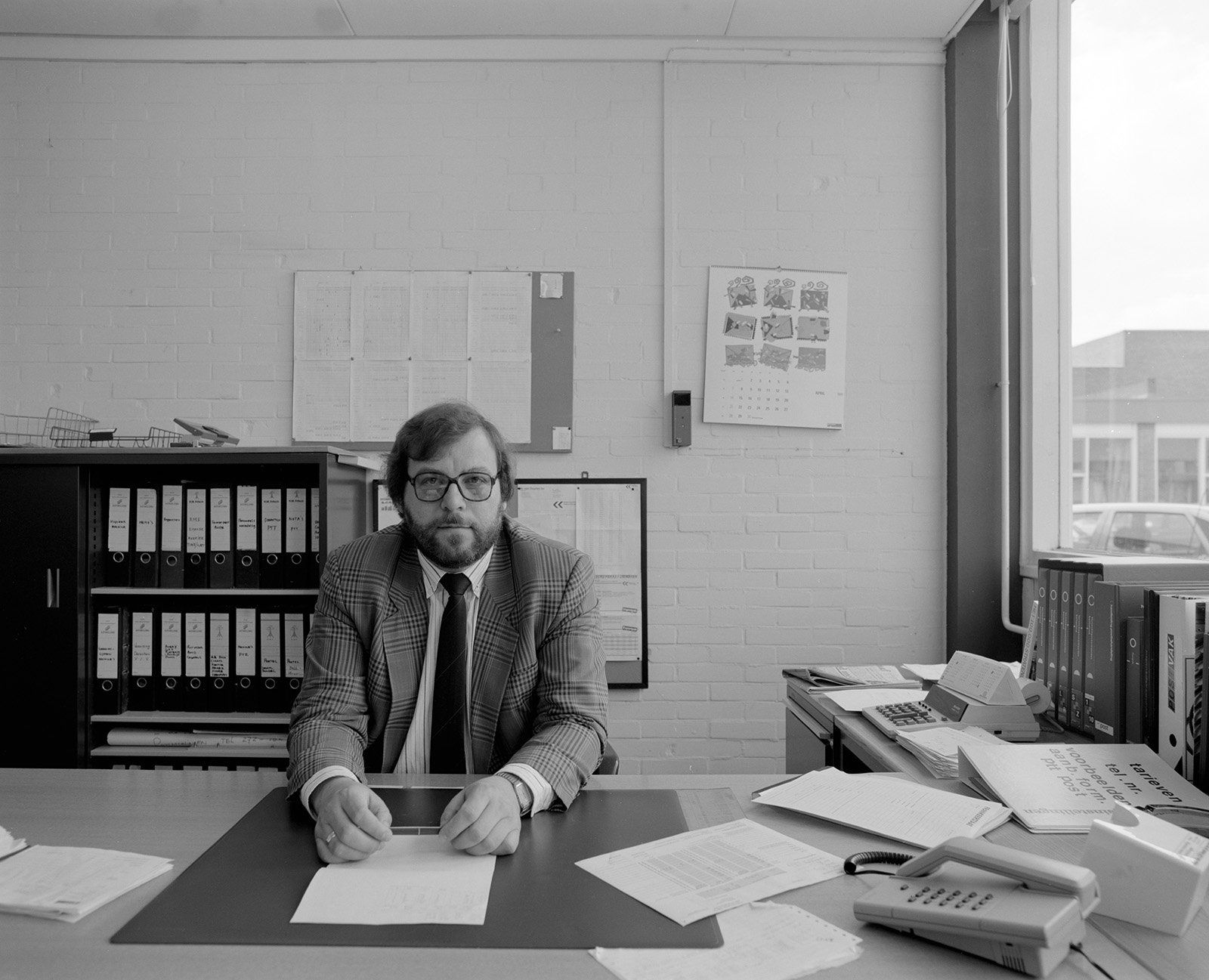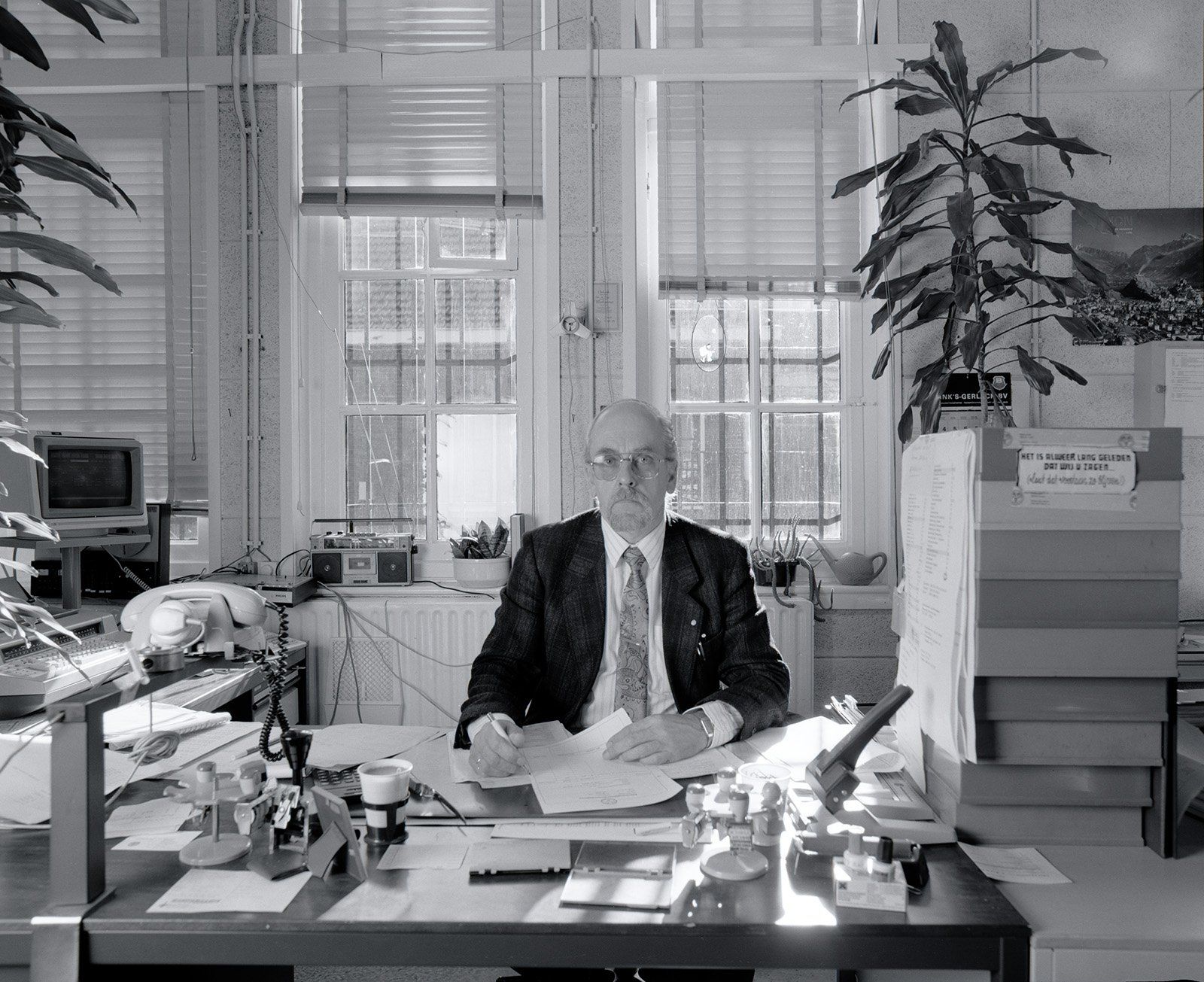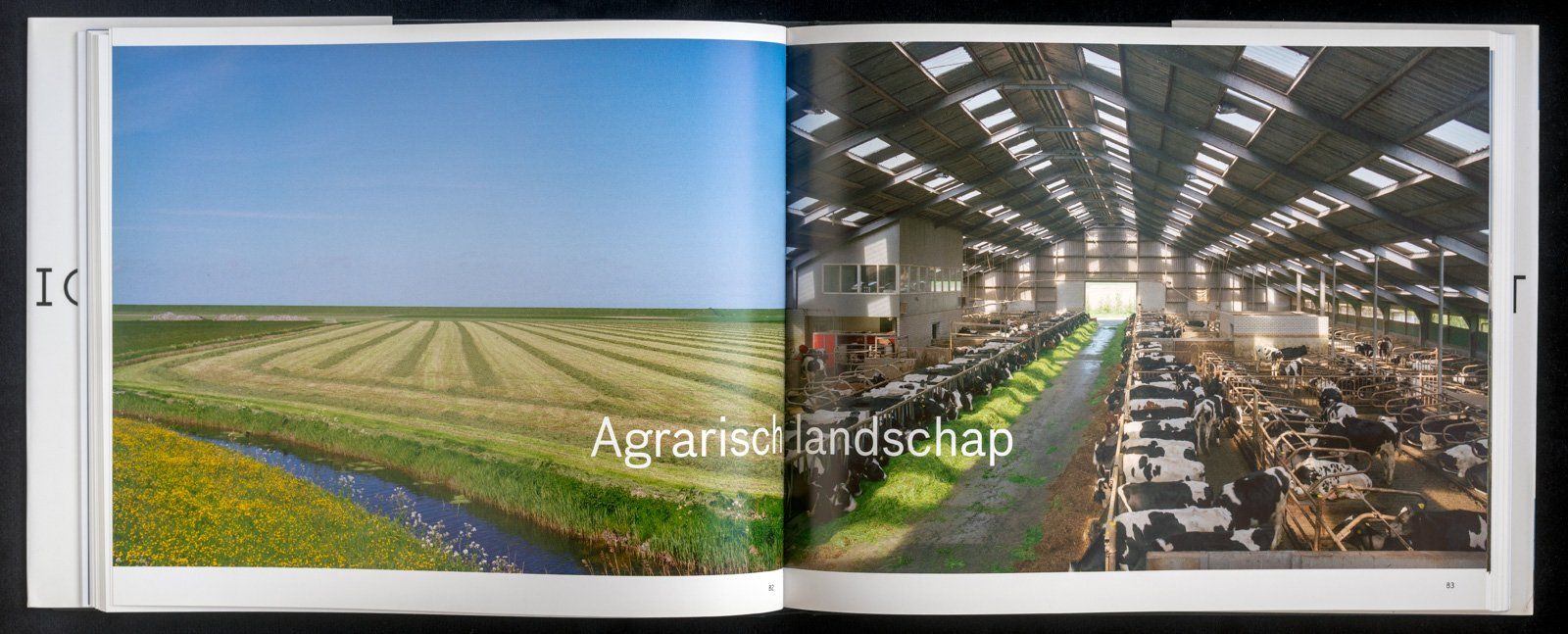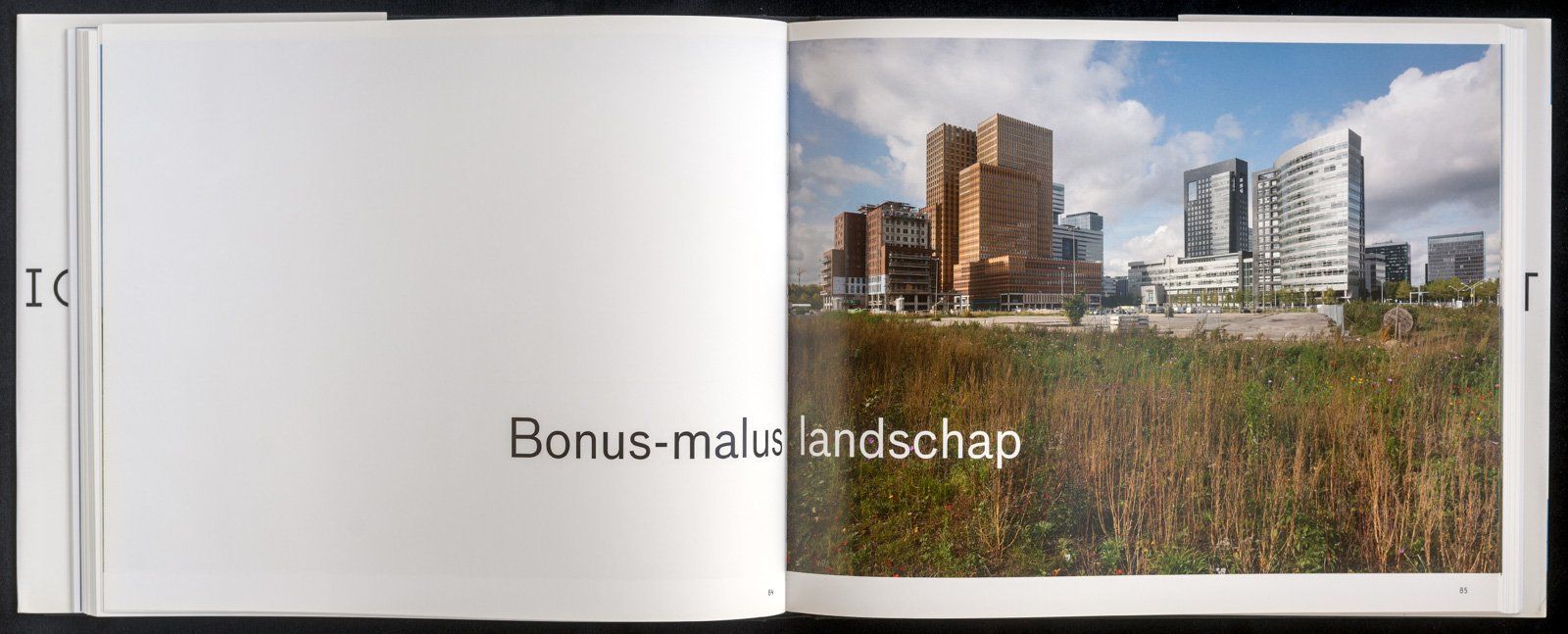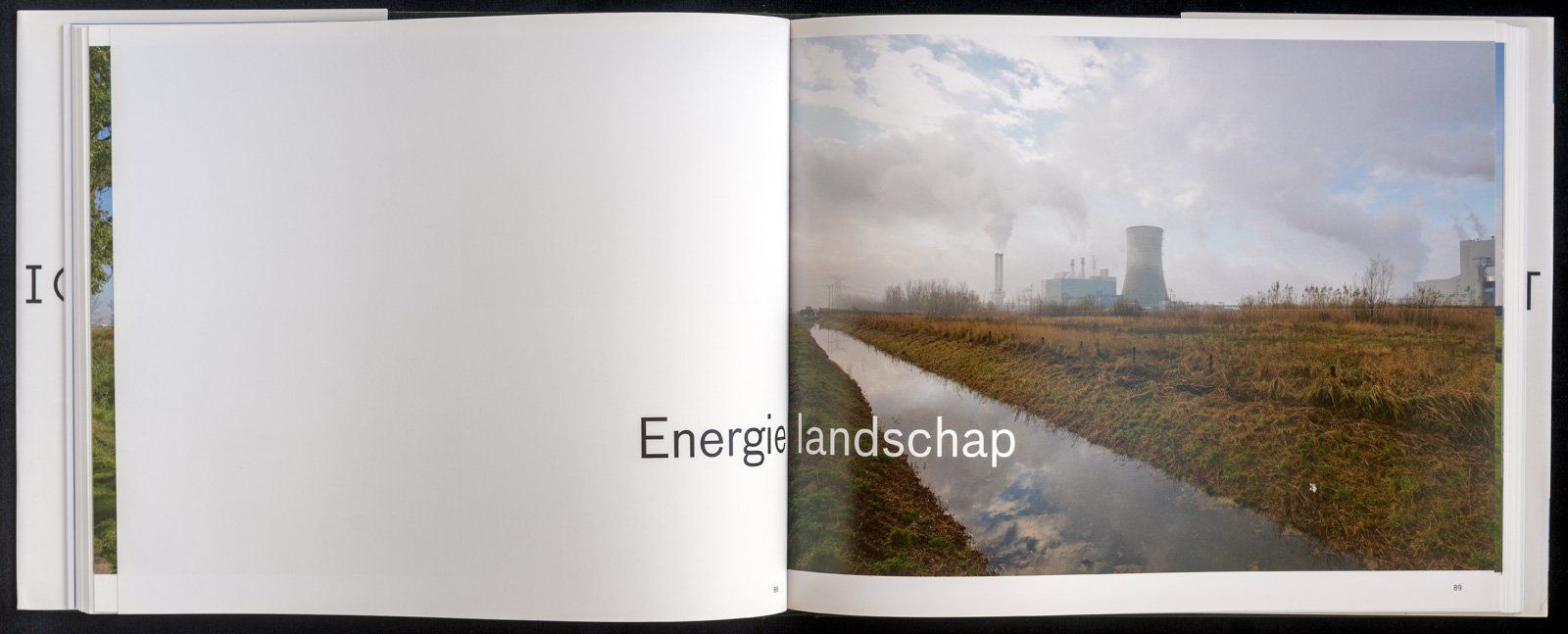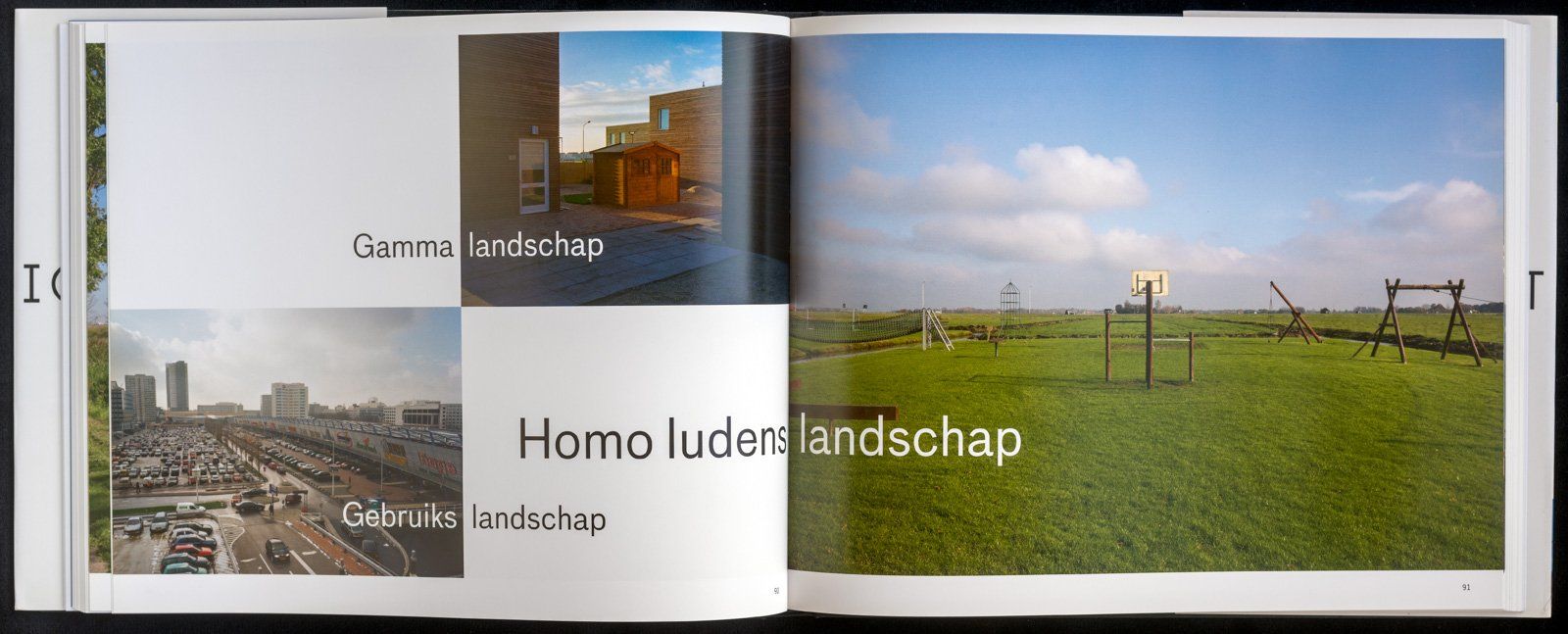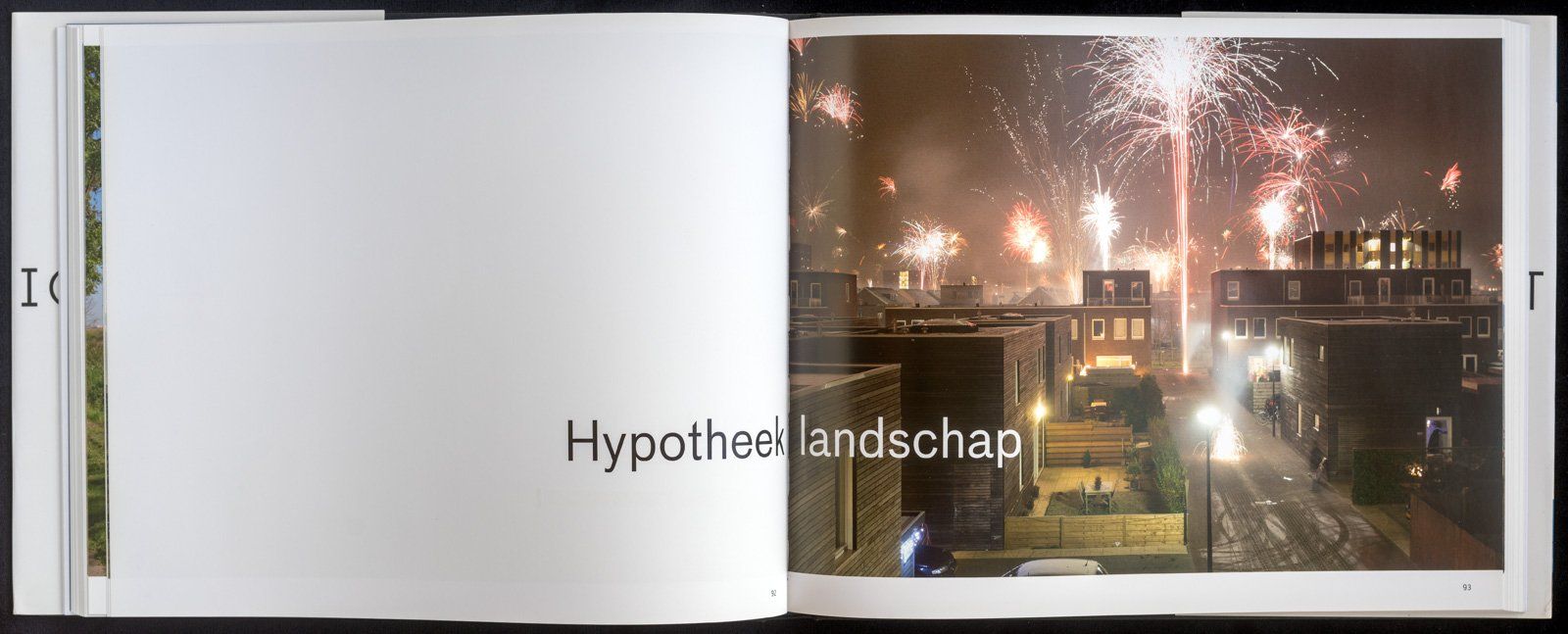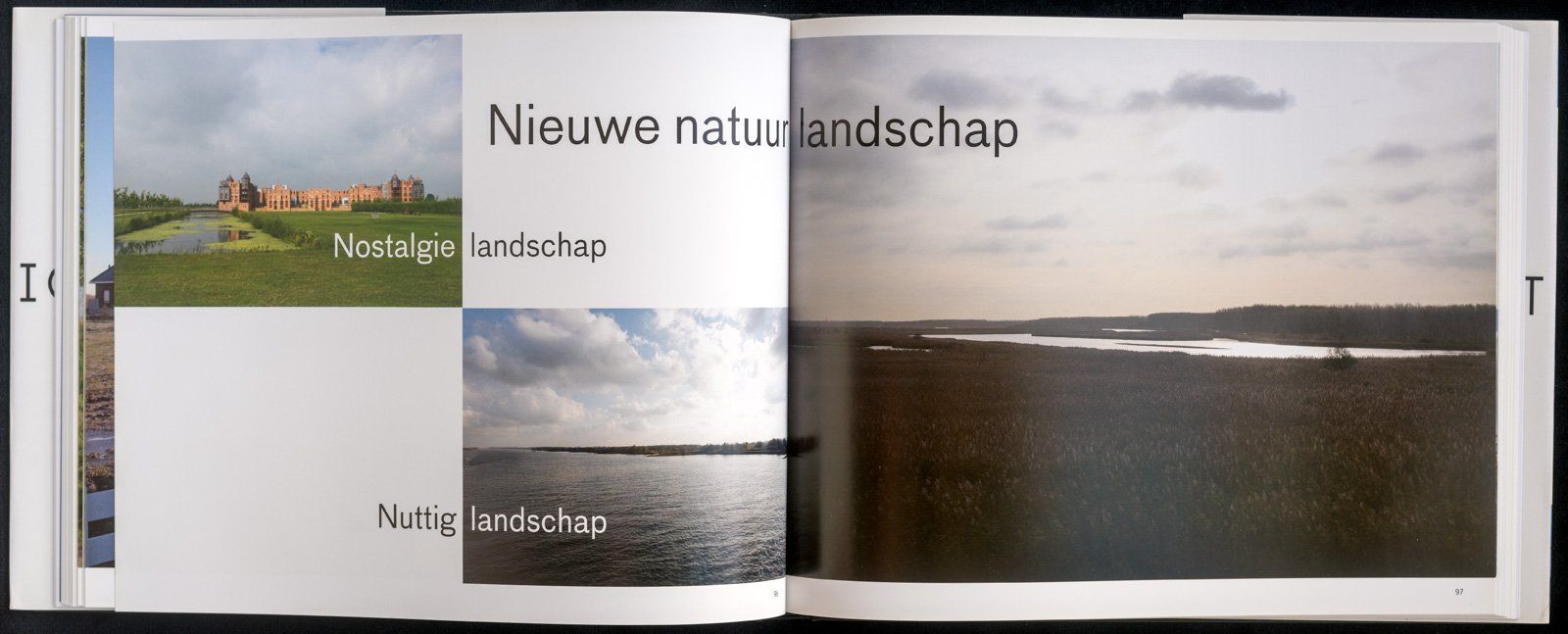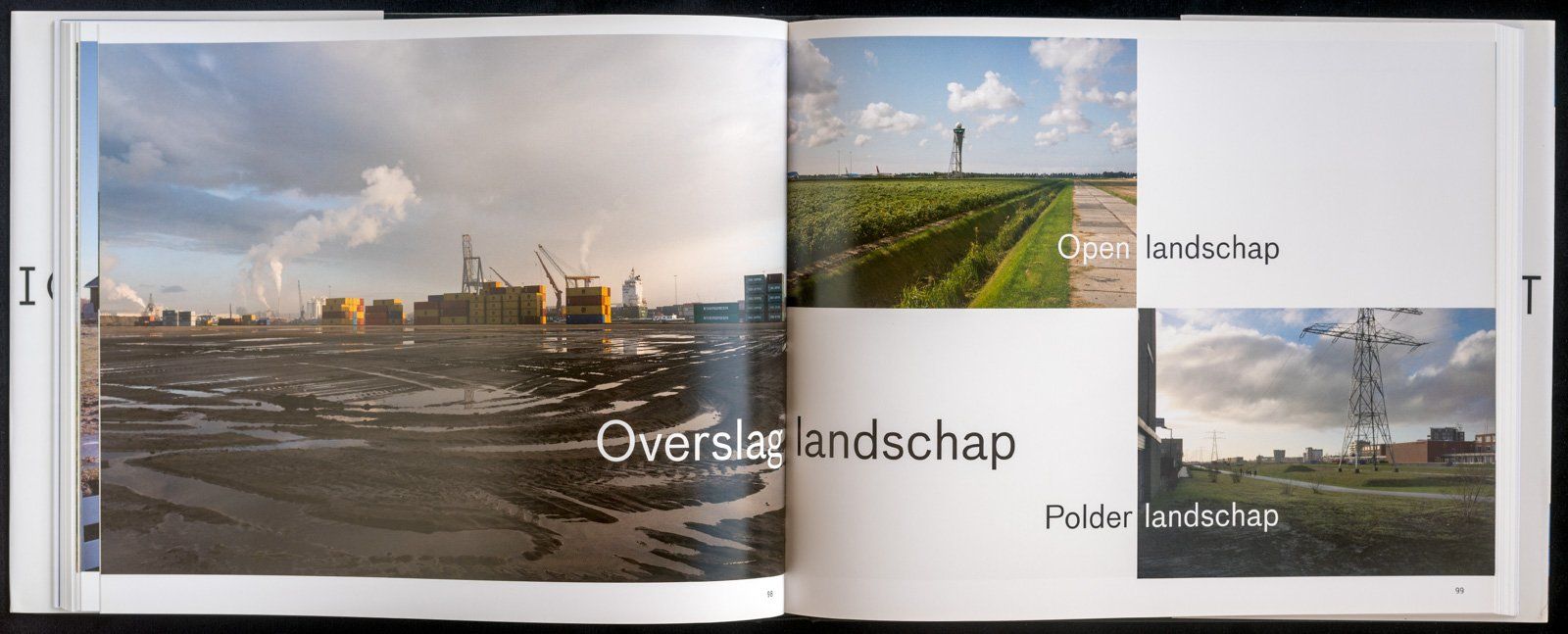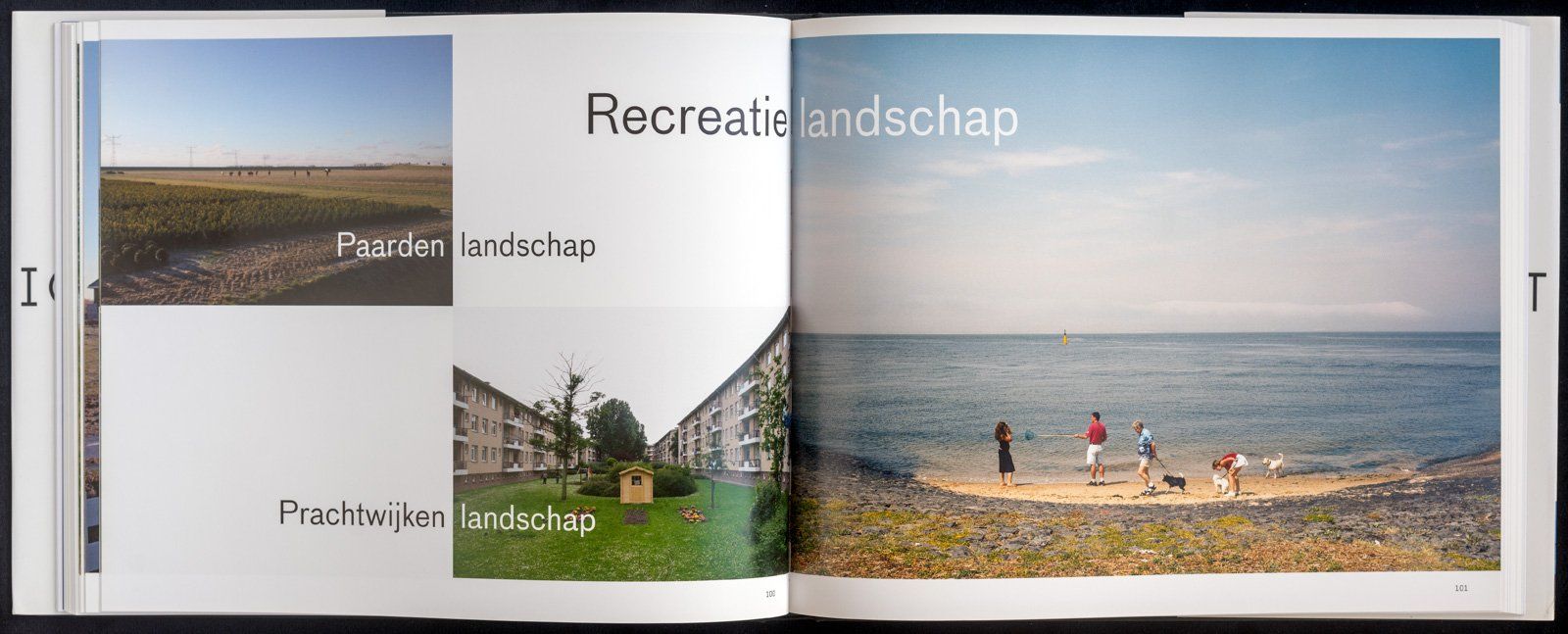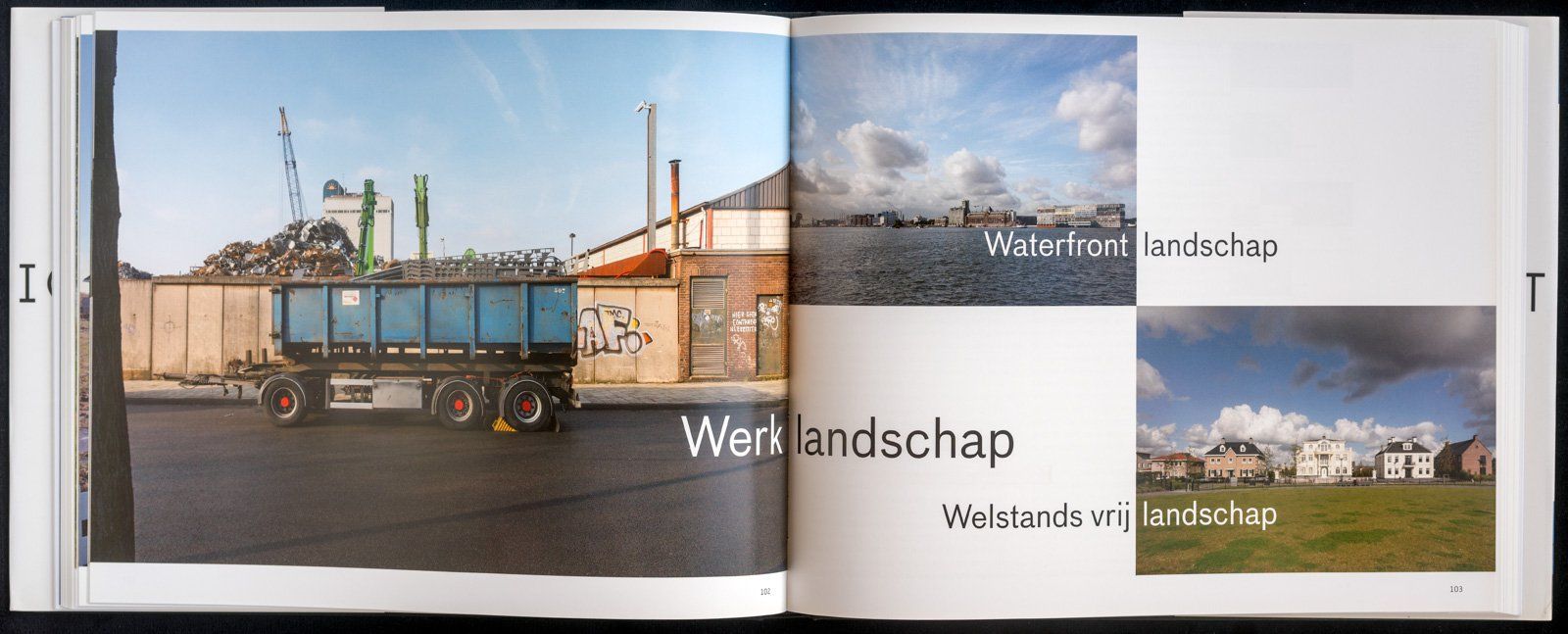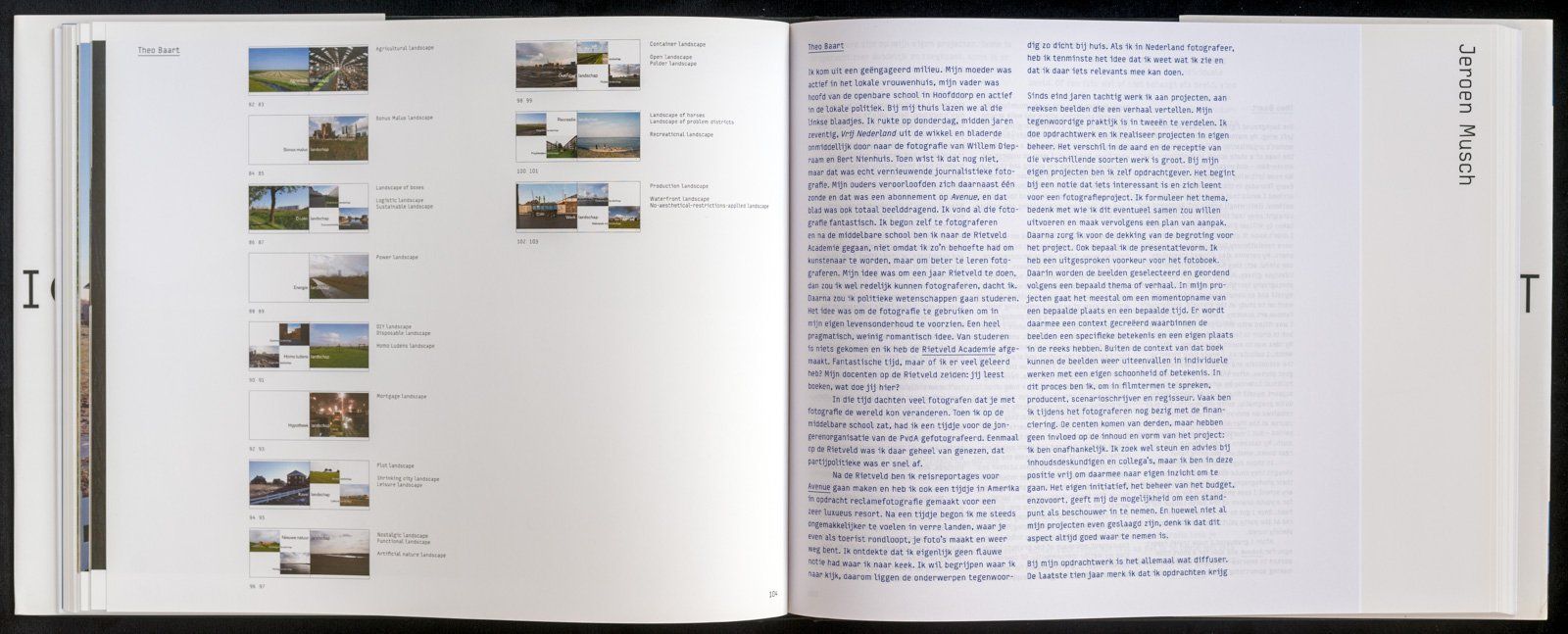ARCHINED OPINION - 05.02.18
Image as an argument
Theo Baart
In order to actually involve more people in the debate about the design of the Netherlands, or more specifically their nearby environment, consideration should be given to the reports that appear about this. Which choices are made when drawing up the municipal environmental vision? What will energy transition look like in the future? A plea for the use of image as a powerful tool in formulating our vision of our environment.
2018
| NRC Het Blad | Country House
If you want to understand what is going on with the Dutch countryside, it doesn't hurt to have a comparison. Twenty years ago we bought a modest farm ('fermette') on the edge of a French hamlet. Apparently nothing happens here, but appearances are deceptive. The French outskirts are emptying. Only the elderly and some farmers are left behind. The provincial towns also do not manage. The shopping streets count more and more white-washed shop windows. Local facilities are being discontinued. Anyone who can still do something, leaves for the big cities. The advance of Dutch people with a 'maison secondary' is too modest to prevent decay. Also see House in france.
Positions Positions
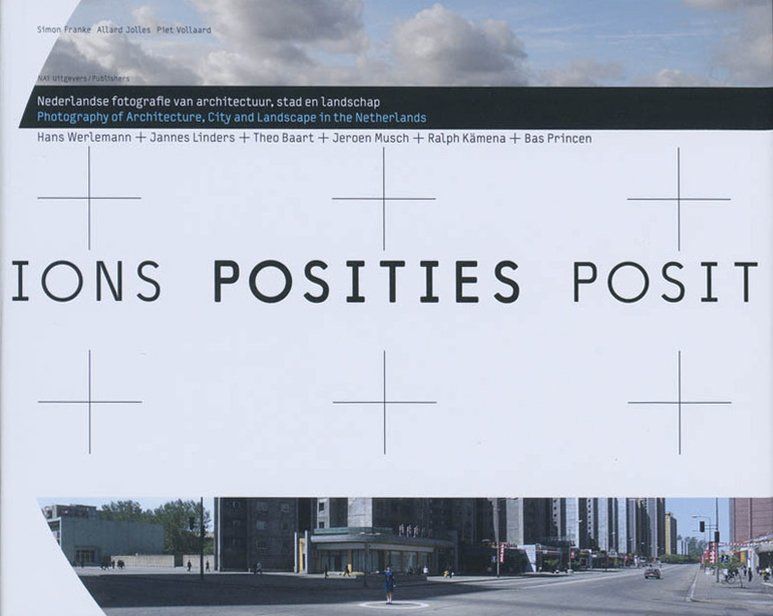
authorsSimon Franke, Allard Jolles, Piet Vollaard
design
Lex Reitsma
24 * 30 cm | 220 pages
publisher
NAi Publishers
NL-E edition
2010
| Positions Positions
is a book about Dutch architecture and landscape photography. Allard Jolles, Simon Franke and Piet Vollaard write about the changed position of this photographic discipline based on the work of Jeroen Musch, Ralph Kamena, Jannes Linders, Hans Werlemann, Bas Princen and Theo Baart.
"Until recently, the variety of the Dutch landscape was named on the basis of the soil conditions. Nowadays, with the advancing building technology in combination with refined financial instruments, anything is possible. With newly introduced concepts such as 'double land use' ( "with double land use, cost-effective facilities can be assigned to non-profitable facilities") it is even difficult to determine at a glance what you are looking at. The ambiguity has disappeared. Now, landscape is mainly about language and experience. Everything is being redefined. "
As a contribution to this book I made a series of new landscape typologies.
Off The Record
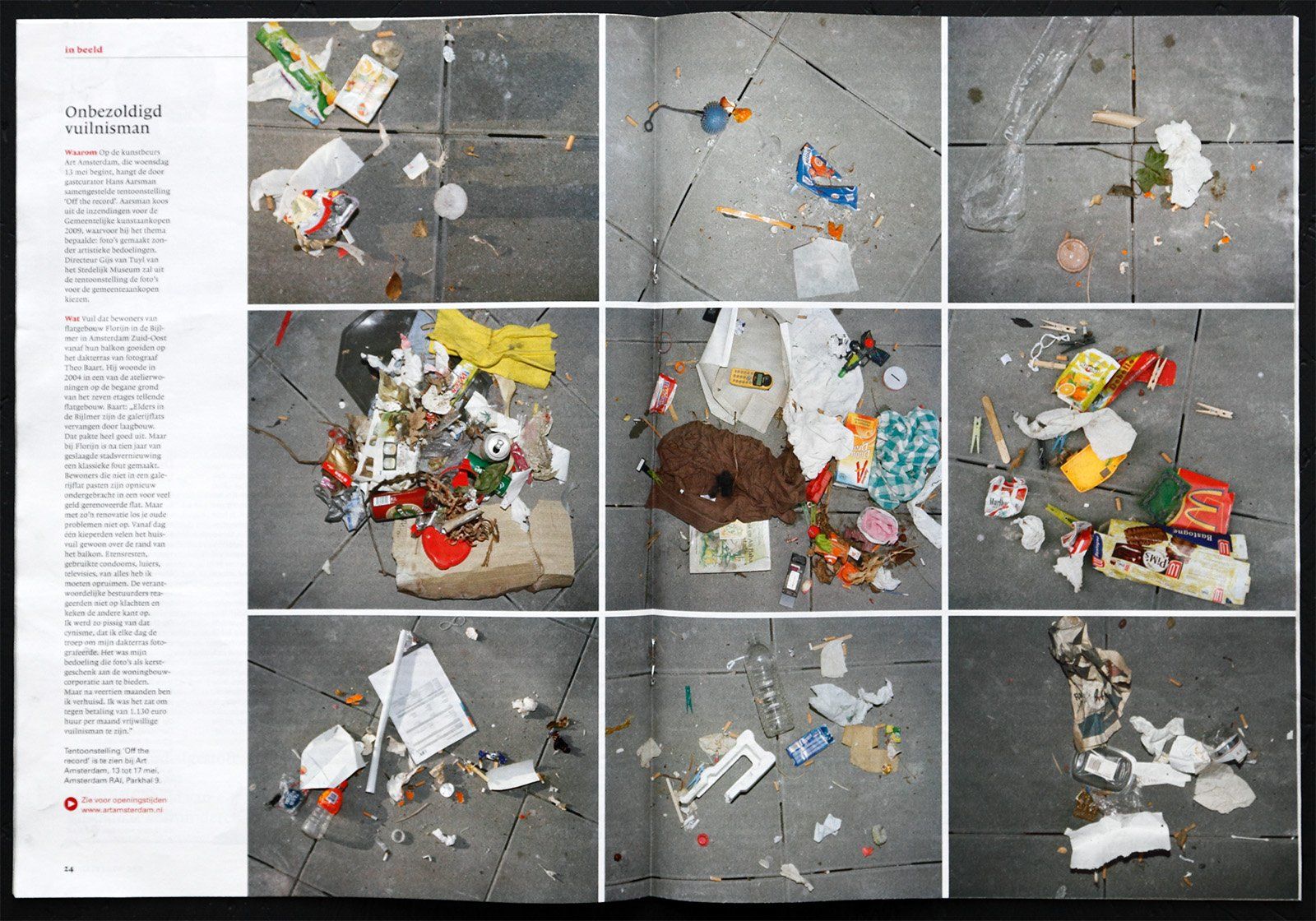
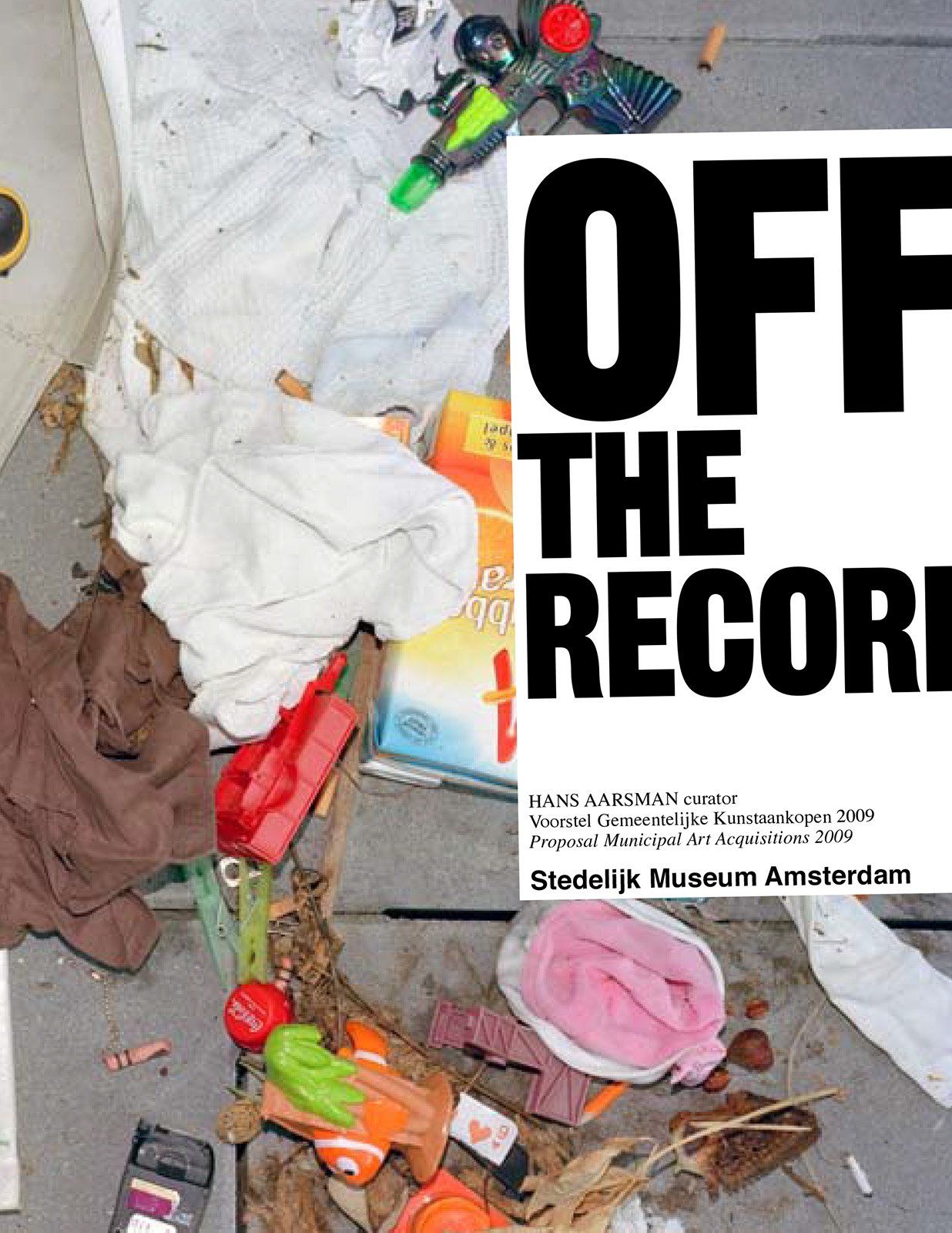
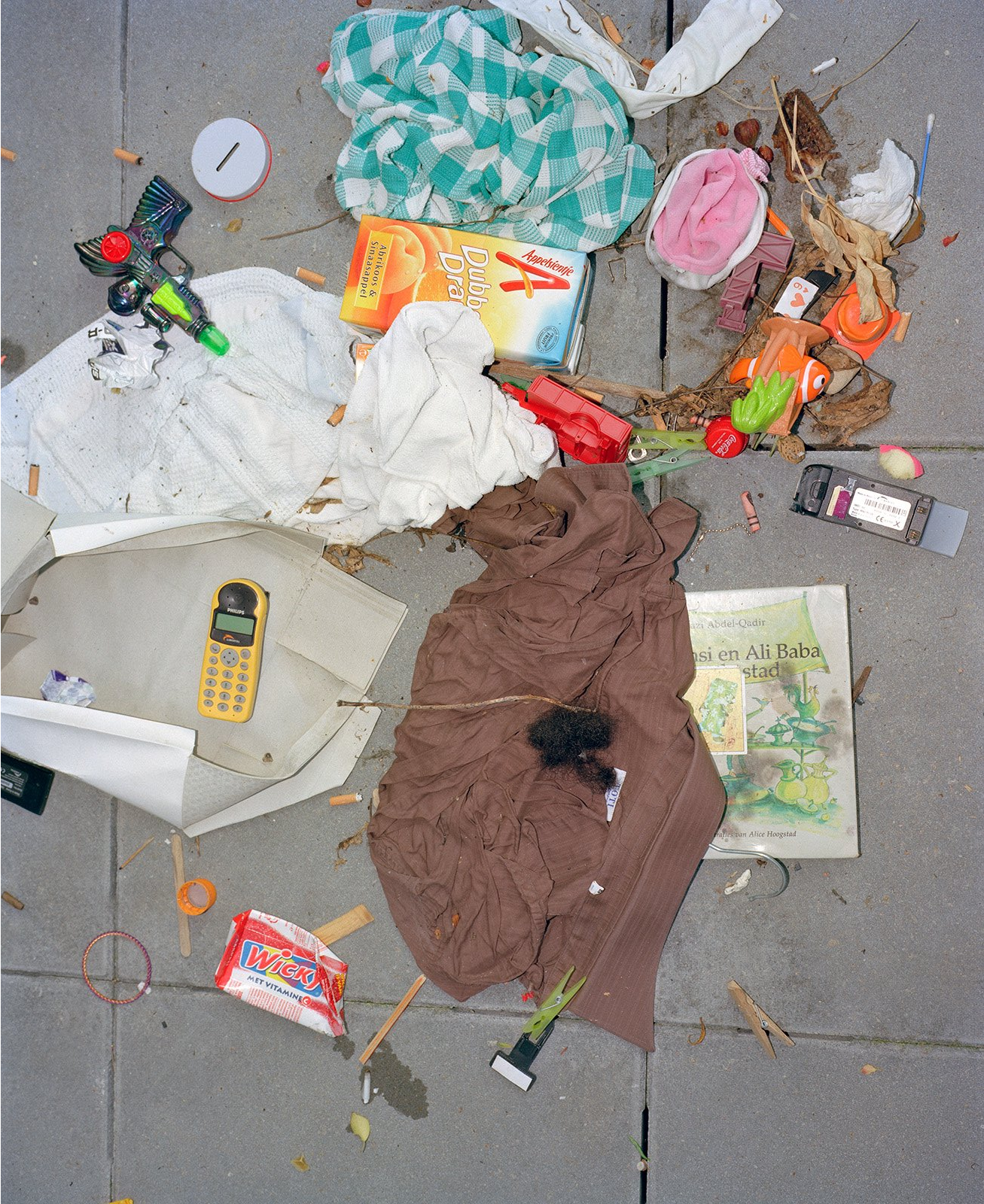
Off The Record | Stedelijk Museumcover
curator
Hans Aarsman
2009 | Off The Record
Hans Aarsman was the curator for the photography purchases of the Stedelijk Museum in 2019. He selected photos that were not made as capital art but without artistic aspirations, as registration, memory support, evidence or, as in my case, out of frustration.
In 2003 I moved to the Florijn flat in the Bijlmermeer, where studio apartments were built in 'the plinth' of the renovated flat. Nice, large and with a great workspace, but the quality of life did not end. Here the lessons learned from ten years of renewal of the Bijlmermeer were skipped in a cynical way because that saved money. For example, there were cutbacks on intercoms so that you had to open the front door to see who rang the bell. After my new neighbor had been attacked in broad daylight in his house - he had opened the door - with the good man being squeezed, and his entire design studio in AH shopping carts had been driven away, the front door was no longer opened for unannounced visitors. My youngest son knew the first few weeks as he walked out the front door to escape from a brick that was thrown at his head from the gallery flat.
We had a terrace behind the house where we could not sit. Everything came down. Sometimes empty bottles, a cupboard, a TV, diapers and above all a lot of food scraps. I regularly swept things together, put them in a plastic bag and brought them to the garbage containers. Everything that comes down is nobody's. The jutter can keep it. I didn't want that, but before I put it in a bag, I photographed it.
My plan was to print and laminate a series of photos and to give it as a promotional gift with Christmas. Place mats.
For the project leaders of the renovation of the Bijlmermeer, for the responsible district administrators and for the management of the housing corporation. The idea was that they could eat nicely on Christmas Day. But at the end of November 2004 we moved to a new house and I forgot about this intention.
Hans Aarsman picked it up again four years later. I made prints of nine negatives and they are now part of the collection of the Stedelijk Museum. It was just negotiating about the purchase price. I had 18 months' rent in mind - the time I was a terrace boy in Florijn - but I didn't succeed. We finished it in half.
The Olijke Mailbag
Around 1990 I photographed for various sponsored magazines
to make the chimney smoke. I don't really know what kind of magazines they were anymore. No material has been preserved either. But a magazine has stayed with me, namely a magazine of the postal service about the so fascinating dynamics of the mailroom.
For example, I visited mailrooms from universities, companies and ministries. This was before the e-mail made the mail superfluous. That material has also been lost, except for the few photos that I have made for myself. Portraits of the chef, the mail delivery brigade and their biotope: the mailroom.
